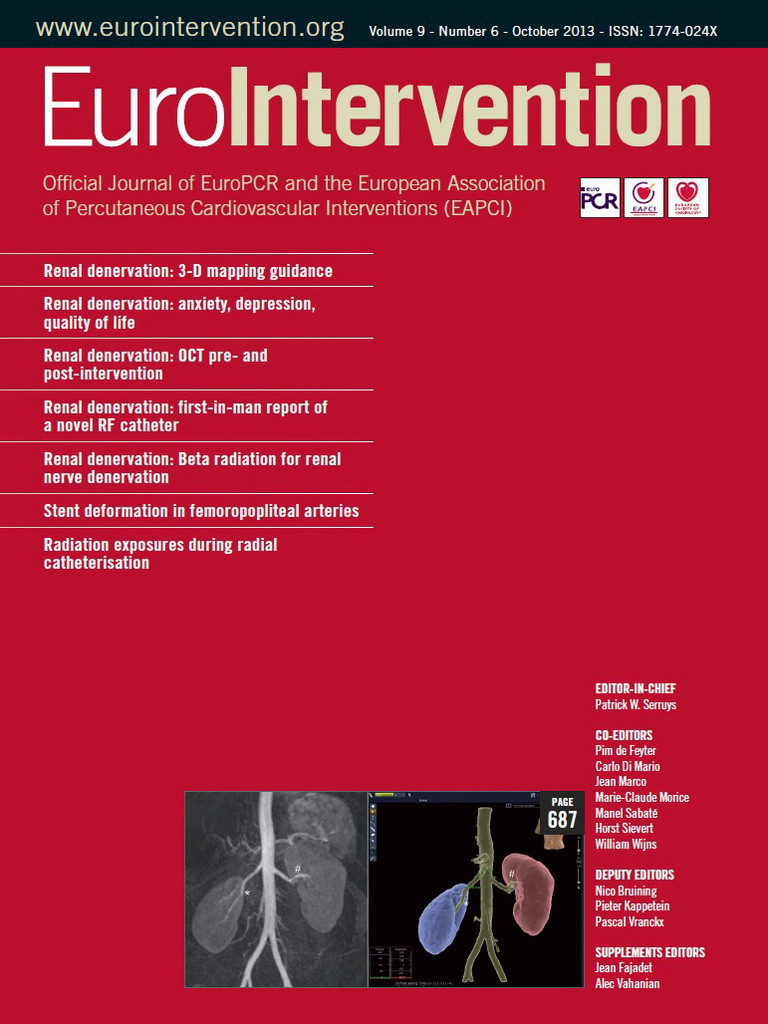We had the pleasure of attending the ESC Publication Committee during the European Society of Cardiology (ESC) meeting last month in Amsterdam. Chaired by Thomas Lüscher (Editor-in-Chief of the European Heart Journal), all nine Editors of the ESC Journal Family reported the progress of their respective journals with particular emphasis on “usage” data: citations, downloads and impact factors as well as subscriptions. It has been a good publishing year, with the vast majority of ESC journals improving or stabilising their Impact Factor and, of course the great news of our flagship journal, the European Heart Journal, now being in second place and tantalisingly close to the top spot for the highest impact factor in cardiology.
However, the mood of the meeting was not primarily celebratory; rather, we were there to discuss the vision of the ESC Journal Family within an increasingly competitive landscape. More new journals are expected to enter the field within the coming months and it will be our fundamental task as ESC Journal Editors to keep on differentiating our journals from the rest of the pack. The foremost “weapon” in our armoury is the speed and quality of the reviews –almost all journals showed increases in the review turnaround time– but with this increase, coupled with an increase of submissions will lead to obviously higher rejection rates, there is –after all– only so much you can publish in any given year. What is obvious is that the “accept-to-publish” time is a parameter that will become just as important as the “review-turnaround” time. It is here, looking at this particular aspect, that there is definitely room to improve our journal in the future.
The growth of open-access journals is another aspect that may impact on our publications – although we might add that EuroIntervention still has open access with all PDFs being freely available for download. However, how does the publisher generate enough funds to cover costs, particularly if the journal is online only? With this in mind, we look forward to the imminent launch and initial experiences of BMJ’s Open Heart, an online-only, open-access journal under the Editorship of Pascal Meier. Is the PLoS ONE model –charging the author a fee, usually per article published– something we should consider to cover costs? Should reviewers be paid for their work? Would this potentiality bias their comments or review outcomes? Finally on this point, and somewhat paradoxically, a recent study concluded that overall citation rates were 30% higher for subscription journals as compared to open-access journals1.
Coming back to the ESC Publication Committee meeting, some recent incidents of scientific misconduct were discussed and, as a consequence, plans are currently being finalised within the ESC to address this issue which will be announced shortly. It is not only authors but also editors who can get caught up in the web of misconduct, as recently seen by Thomson Reuters suspending four Brazilian journals for “citation stacking”2.
Despite the challenges –the pursuit of prompt, but good peer reviews, the competition from other journals, online versus print issues, the temptation misconduct, etc.– and concurring with our colleagues at the ESC Journal Family, it is evident that being an Editor is intellectually very rewarding but, above all, still a lot of fun.

